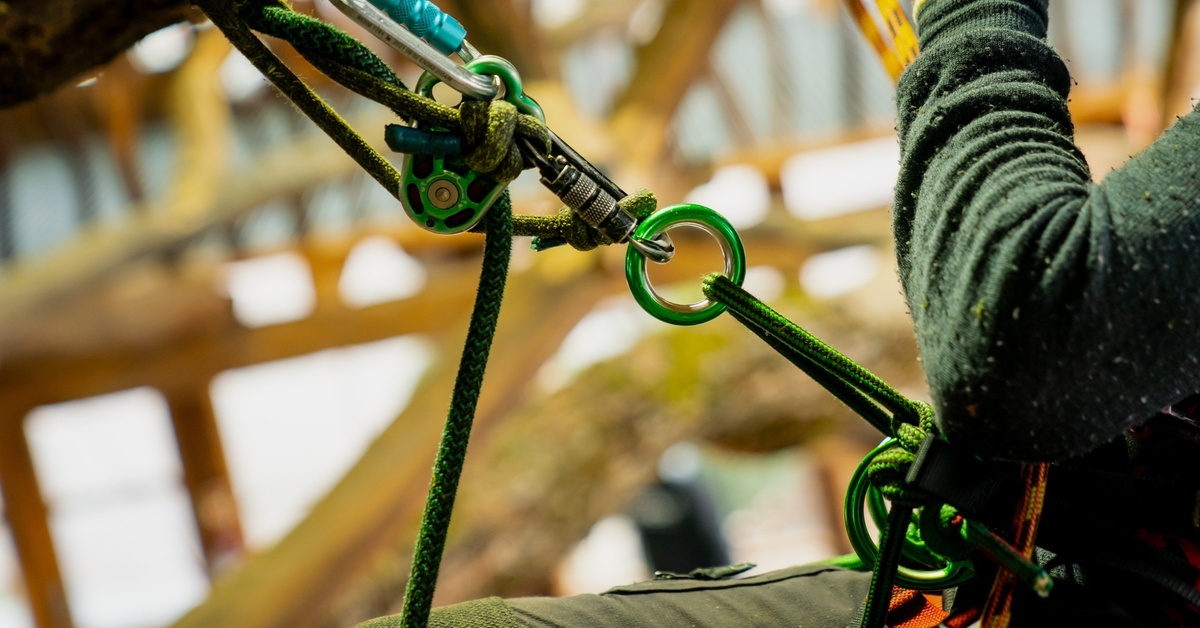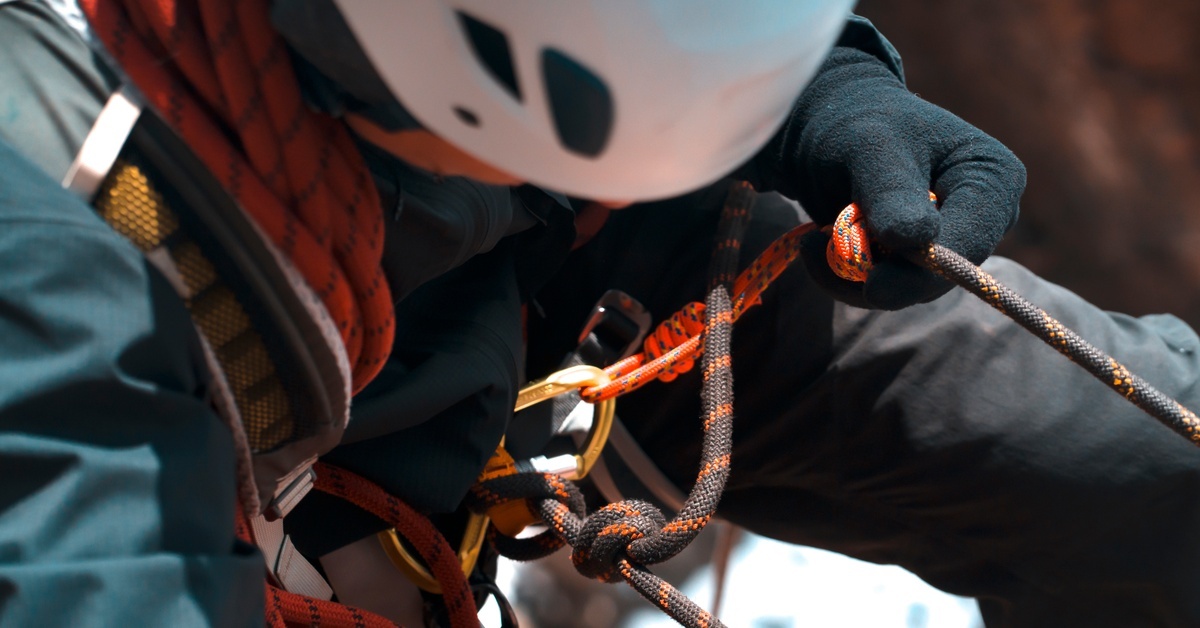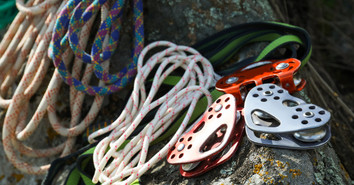Climbing and hauling adventures bring both excitement and challenges, especially when it comes to managing loads smoothly. Progress capture pulleys are incredible tools that transform how you tackle these tasks. They combine efficiency and safety, making them a favorite among climbers, rescuers, and outdoor enthusiasts alike. But to unlock their full potential, understanding the setup and best practices for progress capture pulleys is key.
Picture yourself mid-climb, lifting gear or navigating tricky terrain. A properly set up progress capture pulley is designed to stop the load from slipping back, allowing you to focus on your next move without constantly second-guessing your equipment. While they’re simple in concept, setting them up correctly can make all the difference between a seamless experience and unnecessary frustration.
Understanding Progress Capture Pulleys
Progress capture pulleys are specialized tools that bring efficiency and safety to climbing, rescue, and hauling setups. At their core, they function like standard pulleys, reducing the effort needed to lift or move heavy loads by leveraging mechanical advantage. They lock the rope in place and prevent backsliding—this unique feature turns them into a powerhouse for tasks that demand both movement and control.
Where standard pulleys allow the rope to move freely, progress capture pulleys incorporate a mechanism that grips the rope once tension is released. This means your load stays secure, even as you prepare for your next move.
Key Components of a Progress Capture Pulley
These pulleys are built with key features that make them indispensable for mission-critical activities. First, there’s a fixed side and a movable side. The fixed side attaches to an anchor point, while the movable side holds the rope in place and adjusts with the load. Together, they create a robust system for hoisting or hauling.
The integrated cam mechanism is perhaps the most defining feature. This cam grips the rope tightly when tension decreases, allowing for controlled stops. Materials often vary, but durable options like aluminum or steel are the most common, offering a balance between strength and portability. You’ll also notice smooth curvature in the pulley wheel, designed to reduce friction and wear on your rope.
Common Applications
The uses for progress capture pulleys go well beyond simple load management. Climbers rely on them when swinging between vertical ascents and descents, as they make transitions smoother and more secure. For crevasse rescue operations, these pulleys are invaluable. They simplify the task of hauling someone to safety, keeping momentum consistent and gear stress minimal.
Another frequent application is load management in rigging setups. Picture a system for maintaining tension in zip lines or stabilizing loads in industrial settings. These pulleys make the process safer and far more predictable.

Instructions for Setup
Before getting started, gather the essentials. You’ll need the progress capture pulley itself, along with climbing rope that fits its specifications. Carabiners rated for your gear’s weight capacity are also vital. Don’t forget to include anchors that can securely attach to your surroundings, whether they are trees, rocks, or artificial structures.
When selecting gear, think critically about your specific activity. For climbing, choose lightweight yet durable materials to reduce the load. Rescue operations may call for heavier-duty equipment built to handle higher stress. Always double-check gear ratings to match your requirements.
Setting Up the Pulley System
Begin by identifying a solid and secure anchor point—this can be a reliable tree, a bolted climbing anchor, or another structure built to withstand the forces involved. Attach the pulley to this anchor using a locking carabiner to maintain a strong, stable connection.
Next, thread the rope seamlessly through the pulley, following any manufacturer markings to guide you. The cam mechanism should align so it grips the rope when tension is released. Clip any additional carabiners where necessary, making sure connections are tight. Test the rope movement with a gentle pull to confirm the motion is smooth and the cam engages properly.
Testing Your Setup
Once your system is in place, perform a check before putting it to use. Start with a light load and pull gradually to test the cam grip. Observe the anchor, pulley, and rope for any signs of strain or misalignment. Adjust as needed to resolve issues like excess friction or improperly loaded components.
React quickly to any irregularities. For instance, if the cam doesn’t engage when tension is released, rethread the rope to ensure proper alignment. Removing these small errors ahead of time saves effort and maximizes safety when stakes are higher.

Best Practices for Safe and Efficient Use
Safety Tips
Inspect the pulley’s cam mechanism, rope contact points, and anchor connections for wear or damage. Replace worn-out components immediately to avoid failures.
Weight limits matter, too. Be sure to understand the ratings on both your pulley and your rope and stay well within those guidelines. When using the pulley with a team, communicate clearly by establishing signals or verbal commands.
Efficiency Techniques
When operating a progress capture pulley system, aim to reduce rope friction. This can involve using gear that minimizes drag or positioning the pulley strategically for better angles. For example, direct lines between the pulley and the anchor reduce stress on the rope, making hauling easier.
Mastering basic knots, such as the figure-eight or clove hitch, adds another layer of proficiency. Secure rope ends tightly to prevent slippage and keep the focus on moving loads. Spend time practicing your pulley setups before heading into the field. A few repetitions in a controlled environment can dramatically improve your speed and confidence during real scenarios.
Closing Thoughts
Progress capture pulleys are your gateway to safer, more efficient climbing, hauling, and rescue experiences. Mastery of the setup and best practices for progress capture pulleys comes with time and practice, so take every opportunity to refine your skills. Imagine the confidence that comes from knowing your gear is set up flawlessly, your techniques are sharp, and your team trusts you to lead the way.
The next time you hit the trail or approach a technical challenge, take a moment to appreciate the craftsmanship behind these pulleys and the difference they make in every move you perform. Share what you’ve learned, swap tips with your climbing partners, and keep exploring ways to level up your outdoor game. After all, every small improvement leads to bigger victories.

